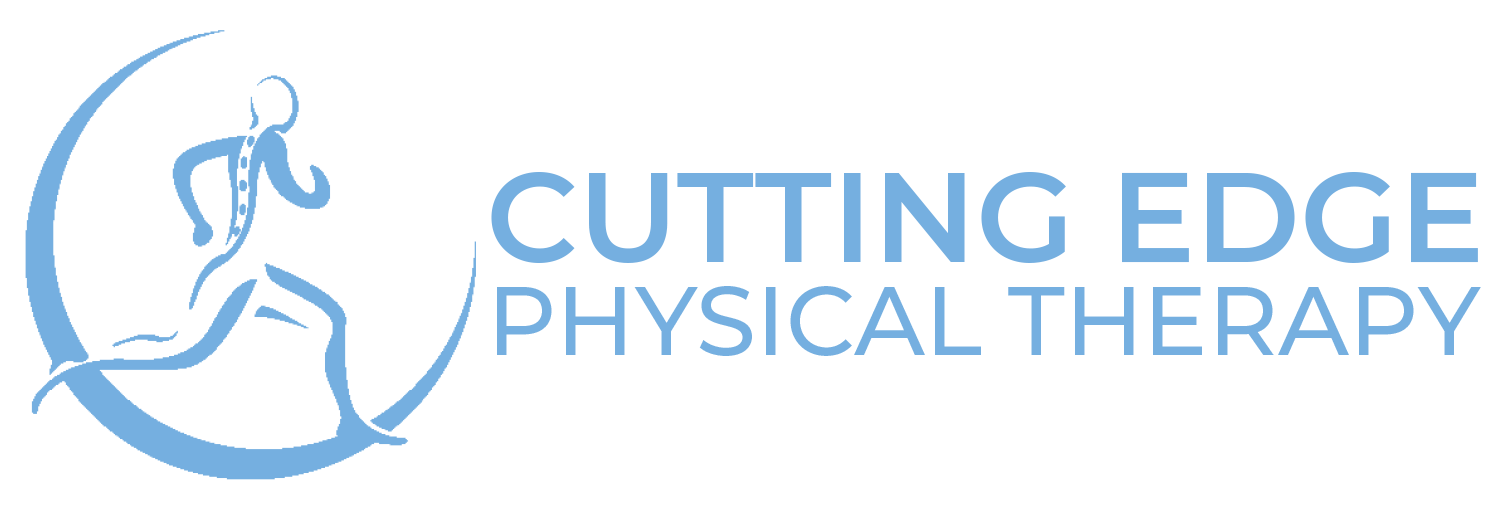Hand & Wrist Physical Therapy
Your wrist is a complex joint made up of eight small bones arranged in two rows between the bones in your forearm and the bones in your hand. Tough bands of ligament connect your wrist bones to each other and to your forearm bones and hand bones. Tendons attach muscles to bone. Damage to any of the parts of your wrist can cause pain and affect your ability to use your wrist and hand. If you are experiencing wrist pain, the cause may be:
Injury
- Sudden impact: The most common method of injuring your wrist is when you fall forward onto your outstretched hand. This can cause sprains, strains and even fractures.
- Repetitive stress: Any activity that involves repetitive wrist motion — from hitting a tennis ball or bowing a cello to driving cross-country — can inflame the tissues around joints or cause stress fractures, especially when you perform the movement for hours on end without a break. De Quervain’s disease is a repetitive stress injury that causes pain at the base of the thumb.
Arthritis
- Osteoarthritis: In general, osteoarthritis in the wrist is uncommon, usually occurring only in people who have injured the same wrist in the past. Osteoarthritis is caused by wear and tear on the cartilage that cushions the ends of your bones. Pain that occurs at the base of the thumb may be caused by osteoarthritis.
- Rheumatoid arthritis: A disorder in which the body’s immune system attacks its own tissues, rheumatoid arthritis is common in the wrist. If one wrist is affected, the other usually is, as well.
Other diseases and conditions
- Carpal tunnel syndrome: Carpal tunnel syndrome develops when there’s increased pressure on the median nerve, which passes through the carpal tunnel, a passageway in the palm side of your wrist.
- Kienbock’s disease: This disorder typically affects young adults and involves the progressive collapse of one of the small bones in the wrist. Kienbock’s disease occurs when the blood supply to this bone is compromised.
- Ganglion cysts: These soft tissue cysts occur most often on the top of your wrist opposite your palm. Smaller ganglion cysts seem to cause more pain than do larger ones.
Information courtesy of the Mayo Clinic.
The Cutting Edge Difference

Specialty-Level Care
Target your discomfort at the source with a customized treatment plan.

More Board Certified Experts
Experience high-quality care from a team you can trust.

Intentional Care
Enjoy individualized, compassionate care.
Frequently Asked Questions
If we are asking you to do something that is hurting too much, let us know! Physical therapy should not be severely painful. It is not common to be so sore that patients are in pain or it affects their daily life. If this ever happens during or after an appointment, let us know and we will adapt your program.
We recommend budgeting 40-60 minutes for a typical therapy session. The only exception to this will be your first visit, which can take about 20 minutes longer due to the physical therapy evaluation your therapist will provide. We also recommend showing up about 10-15 minutes early to your first visit. This way, you can complete the paperwork before your visit time and streamline the process.
A typical order for physical therapy will ask for 2-3 visits per week for 4-6 weeks. Sometimes the order will specify something different. What generally happens is for the first 2-3 weeks, we recommend 3x per week. This is because it will be the most intensive portion of your treatment. After that, it is common to taper to 2x weekly, based on your level of function and progress.
Yes. Physical therapy works based on the science of how the body rebuilds and heals. The biggest killer of progress is inconsistency. We recommend adhering to your prescribed sessions agreed upon in your PT Eval to achieve desired results.
A physical therapy visit lasts about 40-60 minutes. The actual contents of the visit vary based on your diagnosis/need, but typically what happens is:
- You check in with the receptionist, make any appointments necessary, and we discuss your health insurance benefits with you.
- You go into the gym. You can change clothes if you need to, then begin therapy.
- You perform 6-8 various exercises and stretches. These can include therapeutic band exercises, light body weight exercises, or minimal weights. The stretches will promote strength, stability, improved range of motion, and pain relief.
- We can initiate other techniques to include manual work, taping, cupping, and dry needling as needed.
- The therapist makes recommendations based on your progress. These can include altering the frequency of visits, making additions/alterations to your home exercise plan, or things to do before your next visit.
